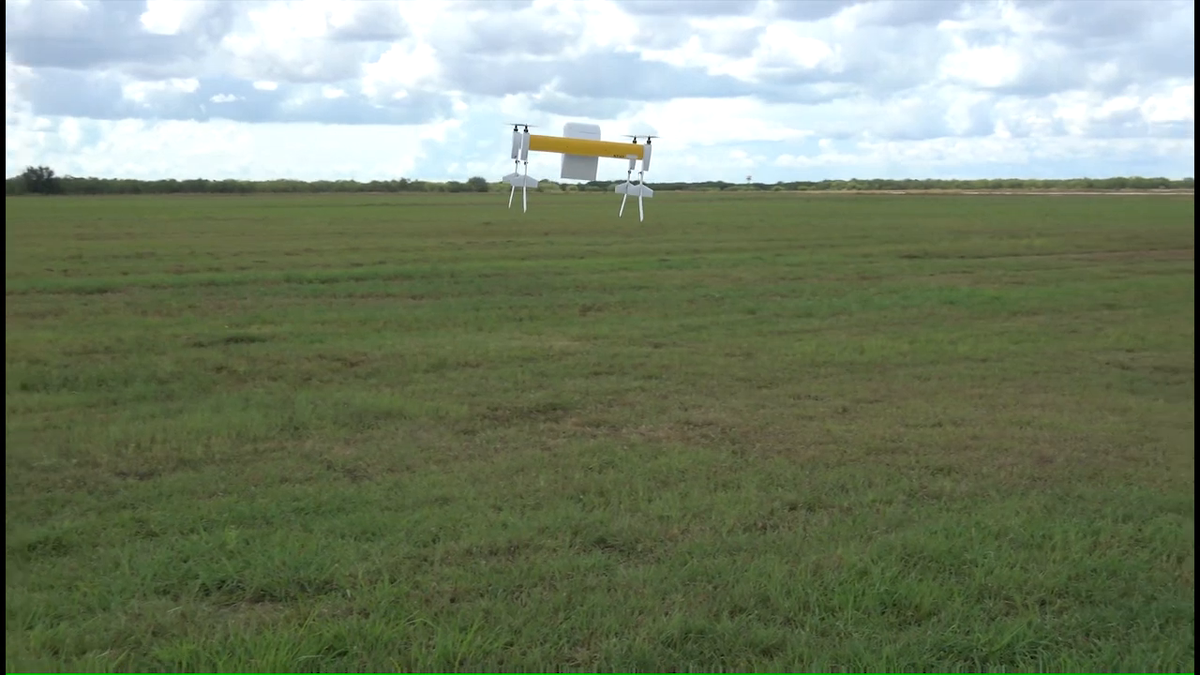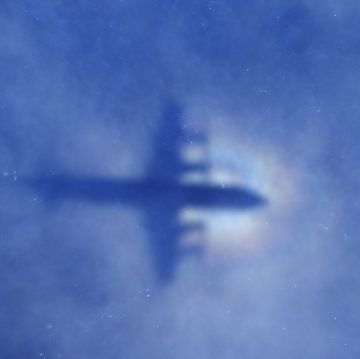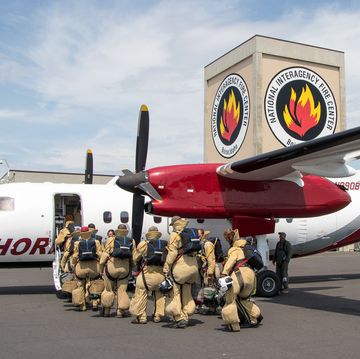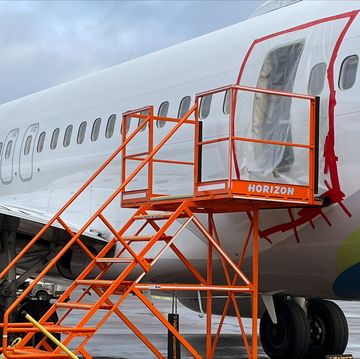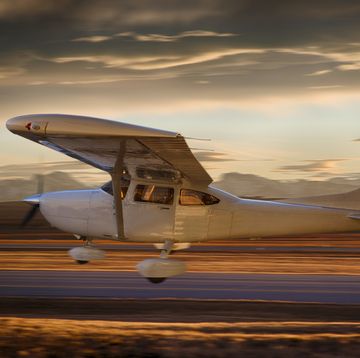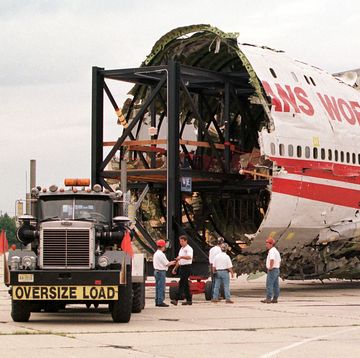A trip from Phoenix to Sacramento turned horrifying for 115 passengers aboard Southwest Airlines Flight 812 on April 1, when the cabin shuddered with a loud bang, a violent woosh of air and the sudden release of the overhead oxygen masks. A 5-foot hole ruptured in the Boeing 737-300's aluminum skin as the jet reached 34,000 feet, instantly sucking the breathable oxygen out of the plane. The pilots quickly descended to a lower altitude with breathable air and landed safely in Yuma, Ariz., but not before at least two passengers passed out, a flight attendant suffered a minor injury and at least one terrified flier sent his wife a text message saying, "Plane is going down, I love you."
Despite the happy ending, Southwest took a public relations beating for several days after, with speculative blame for the accident's cause ranging from the airline's use of older planes to cutting corners on maintenance. But now the focus of federal investigators has shifted to a problem in the design and testing of this 737 model: Boeing has acknowledged that a particular joint failed much earlier than its engineers expected. And because they didn't anticipate trouble, the joint was not reviewed during the 737's inspections, so any cracks in the fuselage went unnoticed.
Friday's fuselage rupture occurred along one of the plane's lap joints along the top of the plane, a spot where two pieces of metal overlap and are joined with rivets and adhesives to form an airtight and watertight seal that allows the cabin to be pressurized. Each time any aircraft pressurizes before takeoff or depressurizes after landing, that takes a toll on these joints. Robert W. Mann, Jr., a Port Washington, N.Y.–based airline industry analyst and former airline executive, compares the tension exerted on the fuselage by pressurization to that of the surface of a balloon. The thin metal skin is attached to the "stringers" that form the plane's internal skeleton, he explains. "Every time the cabin is pressurized, there is air pushing to get out," Mann says. "This creates stress on the metal, especially at points where metal is attached to other parts of the structure."
Each Boeing 737 has dozens of fuselage joints. Based on stresses measured during initial testing and subsequent use in service, the manufacturer, under the watchful eye of the Federal Aviation Administration (FAA), sets guidelines for inspections and maintenance of these joints. According to the FAA and National Transportation Safety Board (NTSB), Southwest followed all the prescribed inspection and maintenance intervals for the 737 that ruptured. But, crucially, those inspections did not check out the lap joint near the top of the fuselage that failed. Boeing engineers expected these joints to endure 60,000 flight cycles of takeoff and landing before they would need inspections, but the Southwest 737 that ruptured had completed only 39,871.
Though Southwest Airlines markets itself as a young, modern airline, the average age of its aircraft—11-1/2 years for its all-737 fleet—ranks in the middle of the pack among major U.S. carriers. The plane that suffered the explosive decompression on Friday entered service 15 years ago, and the oldest Southwest jet in service was delivered on November 30, 1984. Age alone does not make an older aircraft inherently more dangerous than a younger one, though. What can be dangerous is an older plane that's flown a higher-than-average number of flights. Southwest has among the highest utilization rates in the industry, which is great for keeping fares low and efficiency high, but it means the planes are subject to more pressurization cycles. A simple calculation shows that the aircraft from Friday's accident flew an average of more than seven flights per day over its 15 years in service.
Federal investigators found that heavy use of an older plane was at fault in the worst example of fatigue-induced fuselage failure, which occurred in 1988 when an Aloha Airlines Boeing 737-200 lost a huge section of its upper fuselage in flight, sucking a flight attendant out of the plane to her death and injuring 65 passengers. The culprit, according to investigators, was metal corrosion combined with an extremely high utilization rate: The plane had completed more than 89,000 takeoff and landing cycles flying short hops between the Hawaiian islands over the course of 19 years. Similar metal fatigue took the blame for a previous ruptured fuselage on a Southwest 737-300, when a football-size hole popped in a plane over West Virginia in July 2009.
After last week's rupture, Southwest grounded 80 737s for immediate inspection, forcing the cancellation of hundreds of flights. Its inspectors found five more planes with signs of lap joint cracks; those remain grounded while the others returned to work. Furthermore, the FAA has since issued an emergency airworthiness directive requiring immediate inspection of fuselage lap joints on several older versions of 737s that have logged at least 35,000 flight cycles. Planes approaching 30,000 cycles must also be inspected, and all of those must be subsequently checked after every 500 flights until a long-term solution can be developed. The FAA says 80 of the affected planes are based in the United States, most of which are operated by Southwest. Boeing built its newer 737s with more rigid lap joints along the top of the plane, so those are not affected by the order.
If the current accident hypothesis turns out to be true, Mann says, then there was a glaring discrepancy between the lap joint's performance and what Boeing and the FAA expected. "Modern engineers have a solid understanding of the relationship between metal fatigue and cycles," Mann says, thanks to a graph known as the S-N curve, which has been used by aircraft framers, ship builders and train designers since the mid-19th century to measure a piece of metal's expected life based on the stress it endures.
But should you be worried to fly a 737? Not really. Despite some rough going, thousands of 737s, new and old, take off and land safely every day on every continent except Antarctica. It is the best-selling aircraft of all time and is a workhorse for hundreds of airlines around the world.

